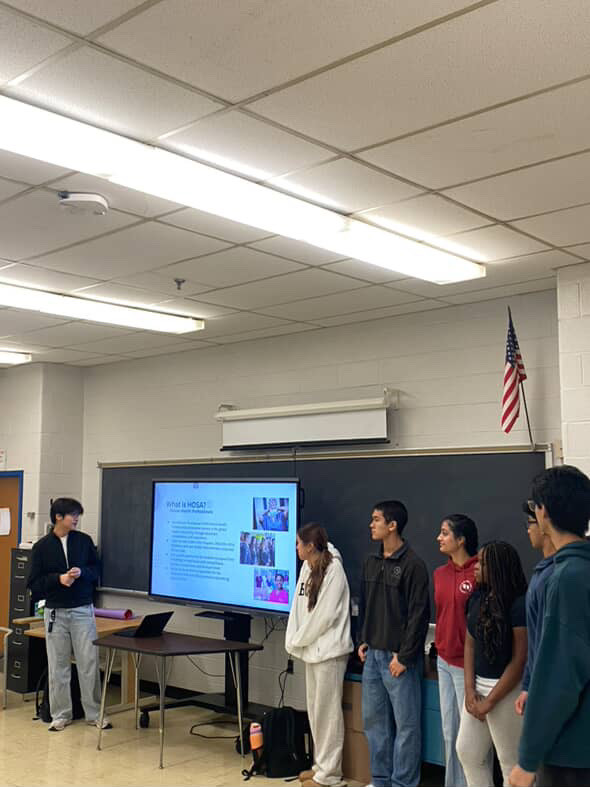High school students are often asked, “Where do you want to go to college?” That question then becomes “Where are you going to college?” In an ideal world, all answers should be acceptable, but beneath all the questions and answers hides a stigma of students being expected to attend a “prestigious school.”
A “prestigious” school encompasses all selective schools. Selective schools are divided into two tiers: highly selective schools and most selective schools. Highly selective schools are any schools with an acceptance rate below 20 percent. Going one step higher, most selective schools are all schools with an acceptance rate below 10 percent. “The international reputations of the most selective schools creates the stigma that our students have to go to the most selective and highly selective schools,” College and Career Information Coordinator Kathleen Carr said.
Examples of highly selective schools are Duke University (10 percent acceptance rate), Vanderbilt University (11 percent), Johns Hopkins University (12 percent), Cornell University (13 percent), Williams College (15 percent), Rice University (16 percent) and University of Notre Dame (19 percent).
The most selective schools primarily encompass the Ivy Leagues and other private schools of the same caliber. Some of these schools are Harvard University (5 percent), Columbia University (6 percent), Juilliard University (6 percent), Yale University (7 percent), Massachusetts Institute of Technology (MIT) (7.88 percent), Pomona College (8 percent) and United States Naval Academy (8 percent). “Famous people who go to prestigious schools make other people more want to go. Very rarely do you hear a famous intellectual person say they are from Penn State, for example,” senior Kaitlin Sim said.
While looking at the school’s overall status, many oversee the fact that at less selective universities are top 10 colleges of a specific field. For example at NYU, the overall acceptance is 19 percent, still highly selective yet compared to the Stern School of Business within NYU, their acceptance rate dwindles down to 10 percent. In the same vein, Indiana University Bloomington hovers at around a 75 percent acceptance rate but their Kelley School of Business drops to a 35 percent acceptance rate. The differences in acceptances rises the important question of whether going to a school for its general name recognition or its specific school for one’s intended major is more important. “I think a school’s selectivity equals prestigiousness but ultimately, going to a school with a good major matters way more than just going to a school with a well-known name,” senior Caitlynn Li said. “At the end, you go to college for yourself and not to brag.”
Since every student’s goals and aspirations are different, identifying a unified “prestigious” bar is extremely difficult. “I don’t think students need to go to prestigious schools. It is hard to classify prestigious because I have no basis on what I am sorting it,” senior Rita Zhang said.
Money is also a major aspect that plays into which school students go to. The average cost of college is $45,000, which could cause students to go into debt. As a result, students often go to a less prestigious school that offers them more money compared an Ivy League. “I think you should go to whichever college makes you happy,” senior Hayley George said.
Going to a selective schools will provide students with a lot of valuable resources but that is not saying saying that less selective schools don’t have resources as well. “Networking opportunities that the most selective and highly selective universities provide for their graduates are one of the most valuable resources obtained after attending a top school,” Carr said.
Ultimately, finding a school that is a good fit is most important. “While the most selective schools are fanatic education, they are not fit for everyone. It is very important that each student find the right fit for them,” Carr said.







